In general, naval vessels are better when they are more armed and stealthier in the water. These two qualities come in handy when we talk about warfare. You are correct if you guessed that a lot of research goes into the construction of these beasts. As you can probably imagine, it is not at all easy to turn a design into a powerful real-life vessel. The governments of different world powers are in a race to craft the best possible underwater vessel that the world has ever seen. Of course, the United States Navy is not simply waiting for others to pass them by. They are now working on a powerful vessel that will hopefully beat even the most powerful among its competitors! But what exactly are they planning to build? Read on to find out.
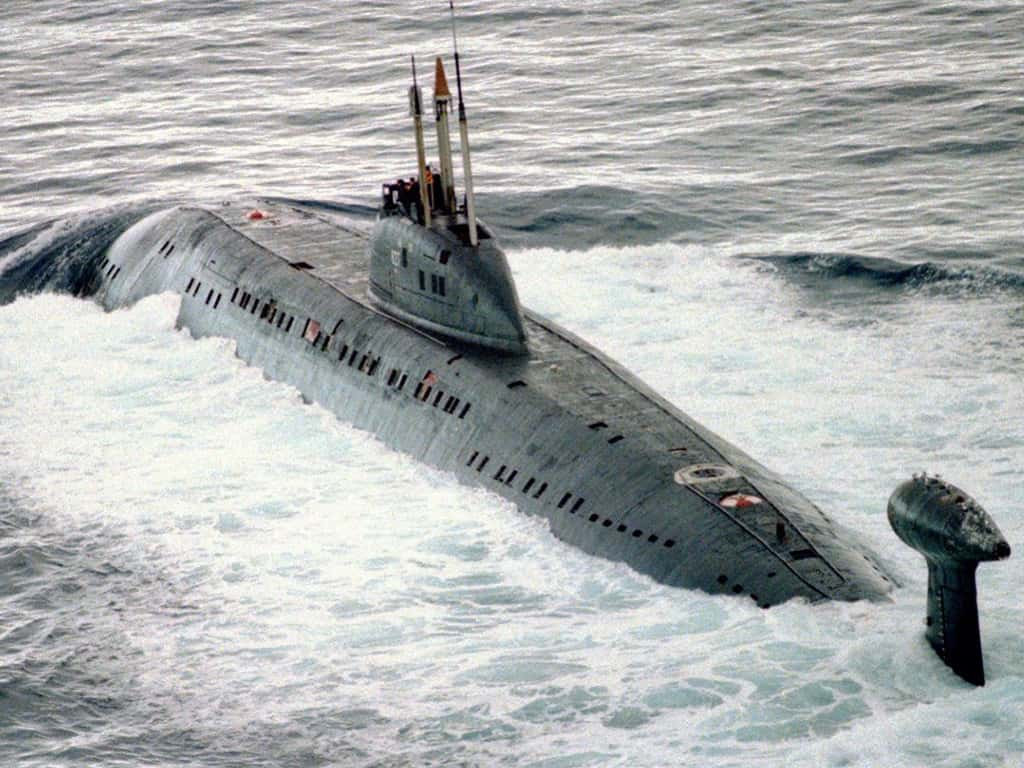
The United States Navy Is Introducing A New Submarine Soon, And It Will Blow You Away
Worried About Russian Submarine Activity
The truth is that there has been underwater activity in both the North Atlantic and the East Coast of the United States. This makes the Navy very concerned. There is a rise of Russian vessels in the area, so we can see why they feel that way. It is the job of the agency to protect us from any possible threats in our waters. When foreign powers encroach on our territory, they have no choice but to step up their game.
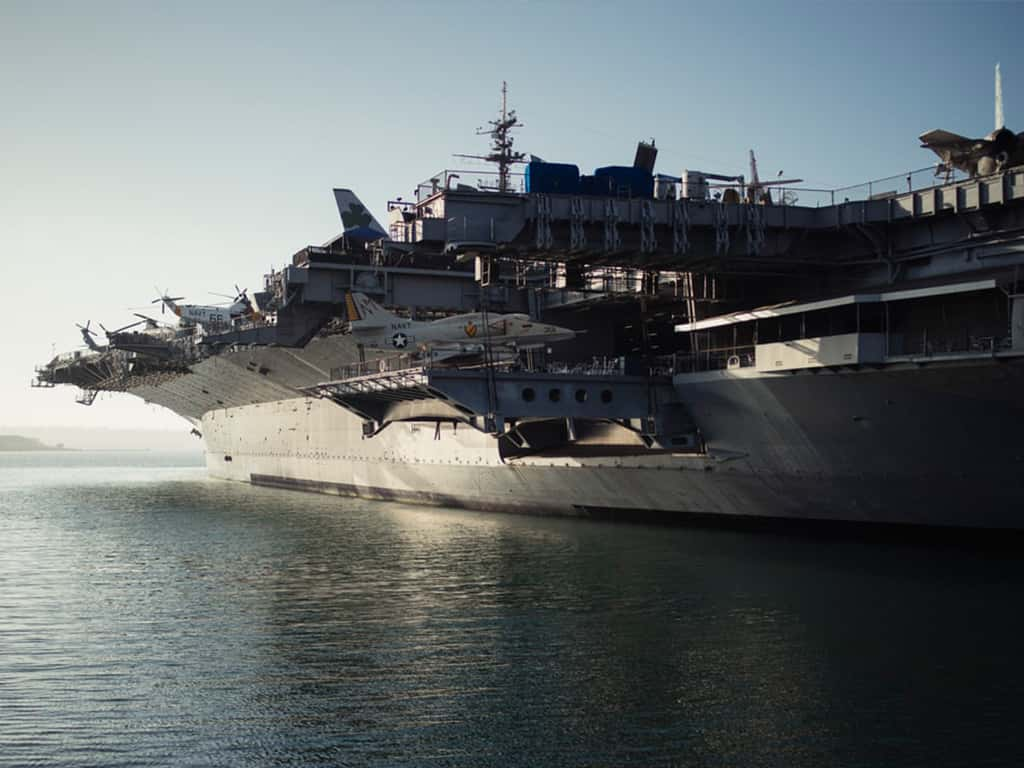
Worried About Russian Submarine Activity
Russian Subs Have Been Called The Best Out There
You should know that Russian attack submarines are among the most powerful ones in the world right now. The Alfa and Akula nuclear attack submarines once ruled the oceans. There was a time when the two of them were truly the best on the planet. This is a major cause for concern. What more when they come up with an even more powerful vessel? Mind you, the Yasen class of submarines is slated to be even better.
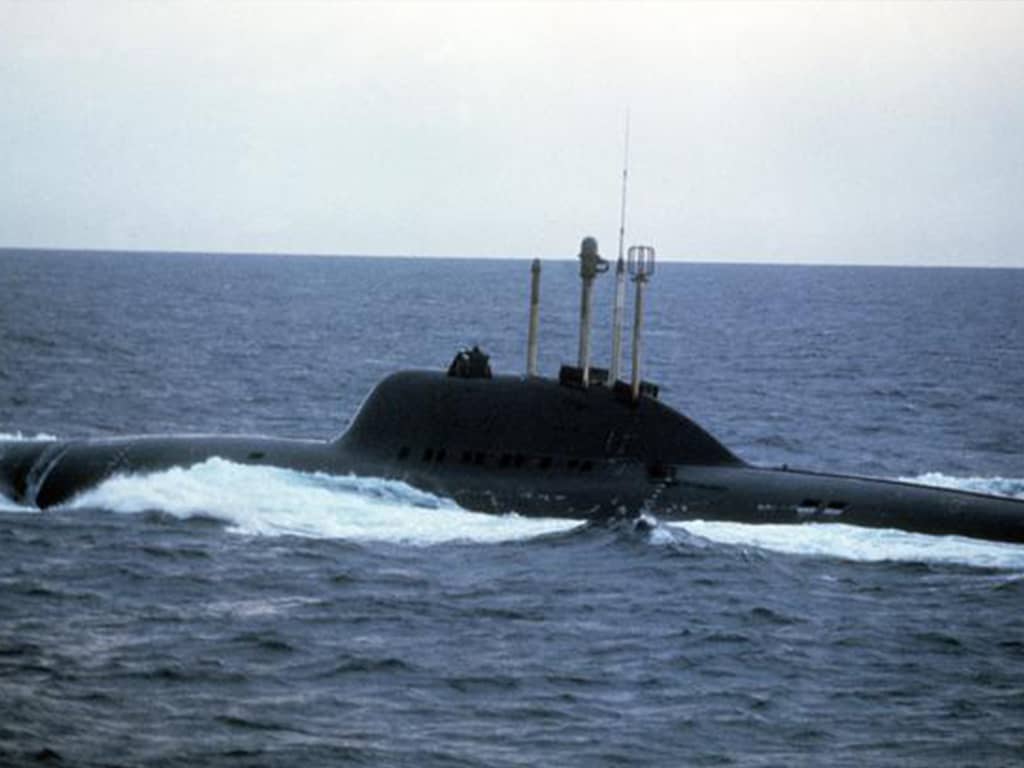
Russian Subs Have Been Called The Best Out There
The Yasen Class Has Topnotch Stealth And Firepower
With top-notch firepower and stealth, the Yasen class of subs will surely be a threat. The Russian Navy did not hold back on the design of the vessel. It was made specifically to be a multi-purpose nuclear-fueled attack cruise missile sub. There is no doubt that it will be a thing of wonder. Aside from that, the Russian Navy is not done working on it. We are sure that it will be even better when it comes out.
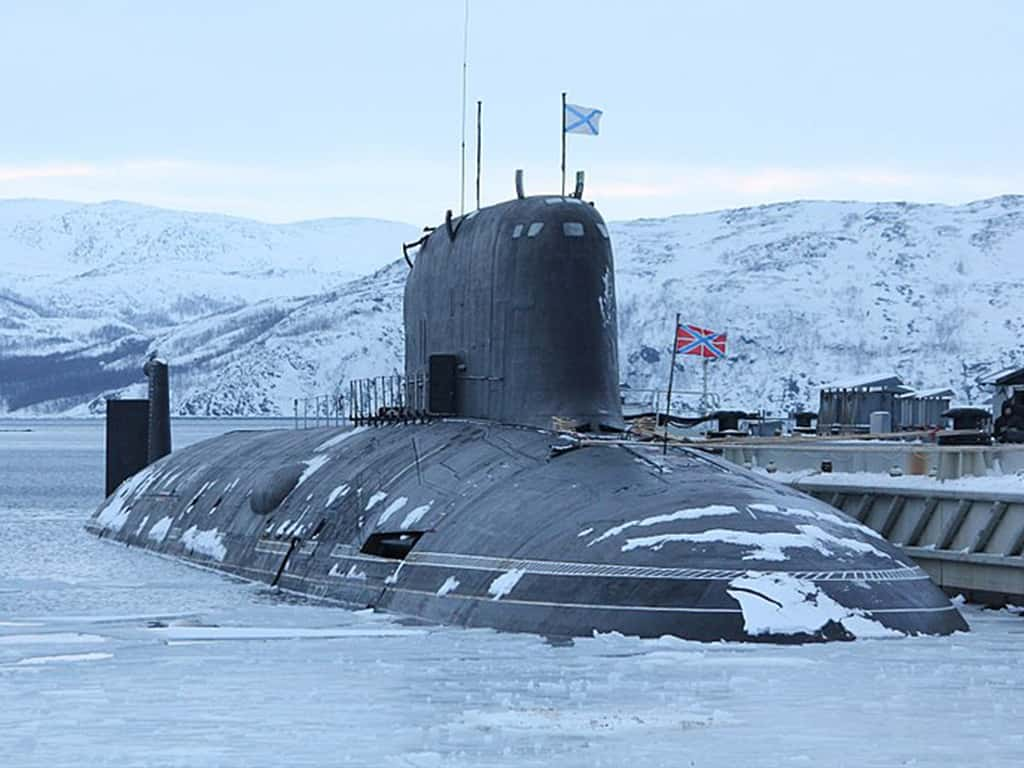
The Yasen Class Has Topnotch Stealth And Firepower
They Are Building A New Class Known As The 545 Laika
The 545 Laika class is the latest model in the lineup of the Russian Navy. It is one of the latest plans drawn up by the Russian Armed Forces. Well, we can definitely see why the United States Navy is feeling quite threatened by all these developments. The truth is that the predecessor was an amazing piece of machinery already. Naturally, the new one will be even more powerful in more ways than one.
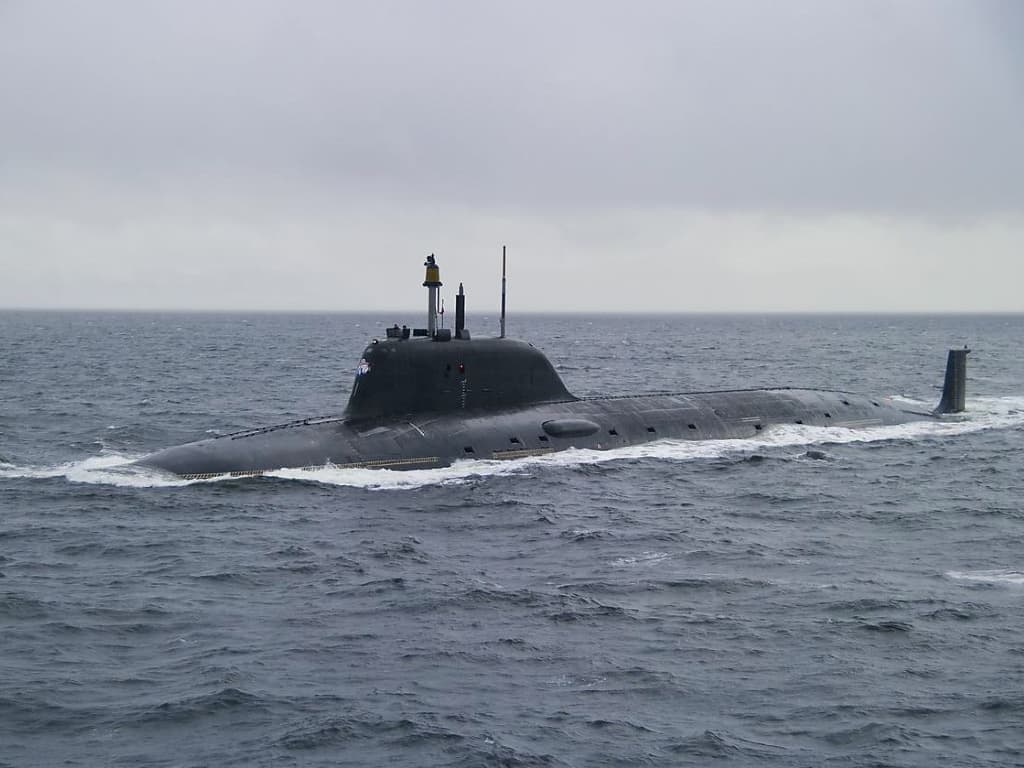
They Are Building A New Class Known As The 545 Laika
This New Submarine Will No Doubt Be A Speed Demon
People believe that the Laika class will come with certain elements from the Yasen and Yasen-M classes. Then, there is a good chance that its max surface speed would be 23 mph, while it is 32 mph underwater. Who knows? It is also possible that it will have a max speed of 40 mph under the water.

This New Submarine Will No Doubt Be A Speed Demon
The Plan Is To Make A Heavily Armed Submarine
Aside from that, the Laika class will be equipped with 8 BLS missile silos. They might then come with the Onix anti-ship cruise missiles, as well as the KALIBR cruise missiles. It will also have ten torpedo tubes. These features might not mean much to you, but it will make the vessel more powerful than ever.
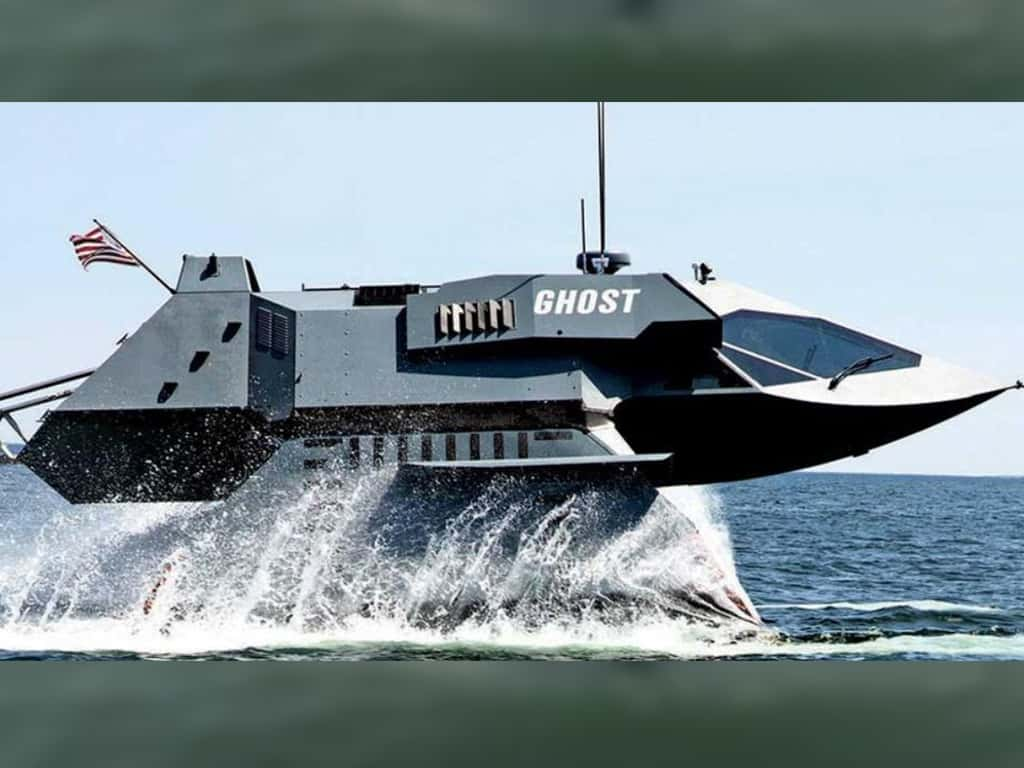
The Plan Is To Make A Heavily Armed Submarine
A New Weapon Is In The Works As Well
The Laika class is also expected to come with a new weapon known as the 3M22 Zircon Hypersonic. The cruise missile will let it strike targets on both land and sea with a Mach 9 speed. This is bad news for the United States Navy. After all, it will take a lot of effort and preparation to counter these attacks.
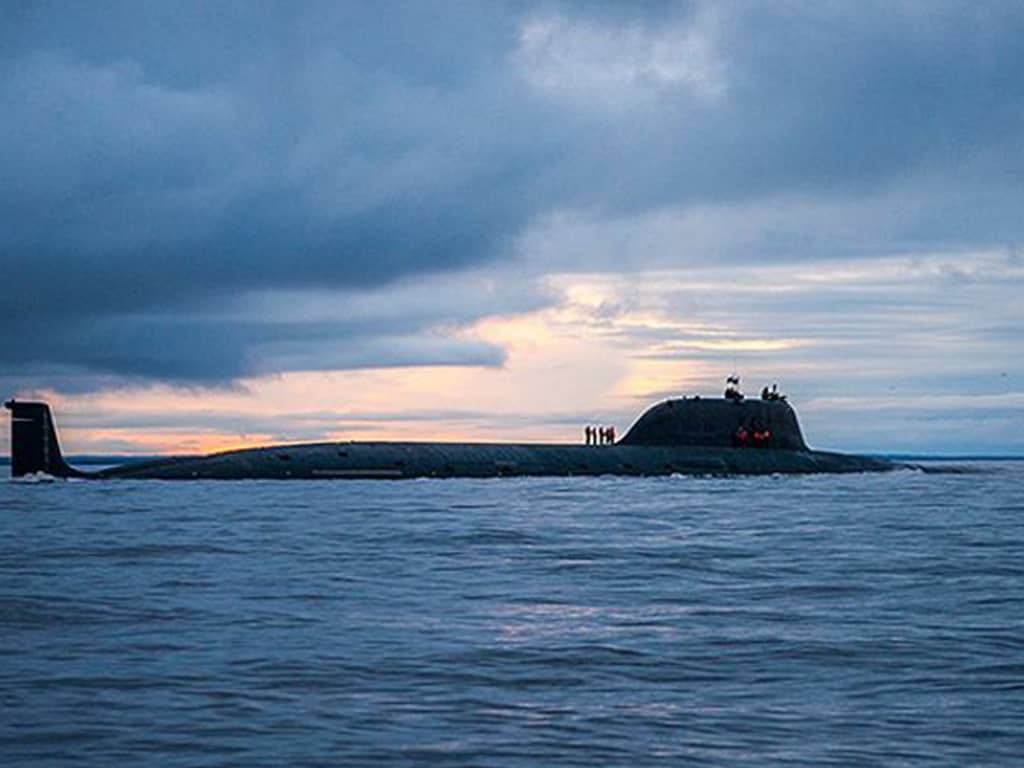
A New Weapon Is In The Works As Well
The Russian Submarine Fleet Is Among The Biggest
Did you know that the Russian Federation’s submarine fleet is one of the biggest in the world? It has nuclear and conventional attack subs. Not only that, but the guided-missile subs will come with cruise and ballistic missiles. A lot of the units boast long-range nuclear weapons as well.
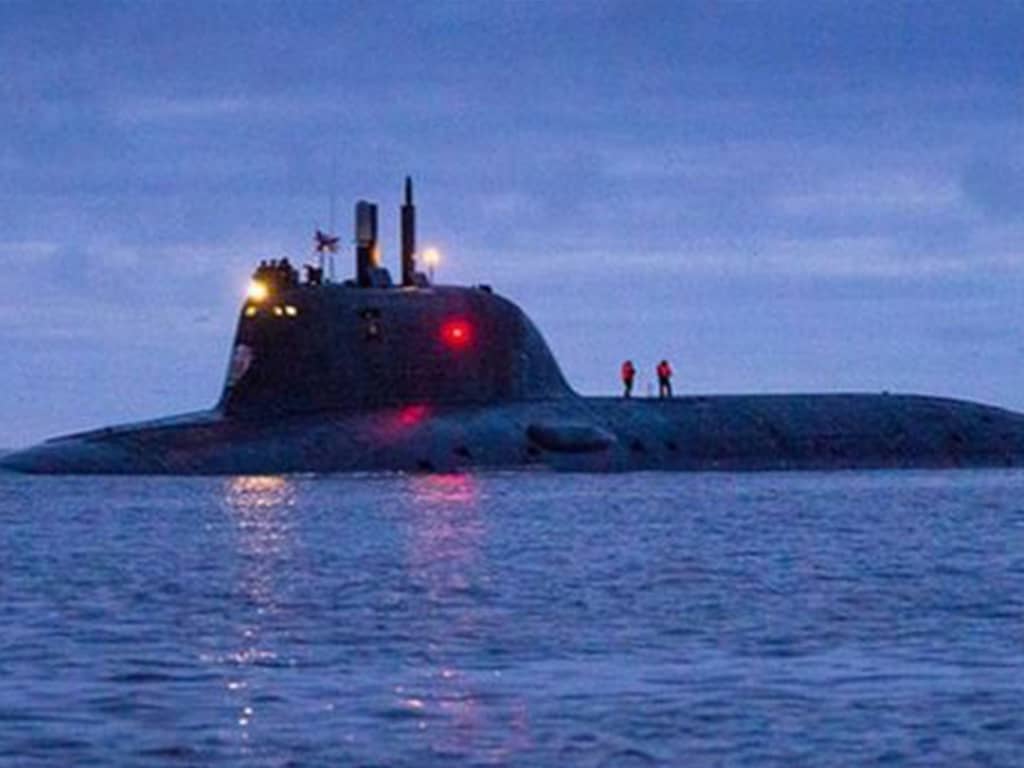
The Russian Submarine Fleet Is Among The Biggest
Do Not Overlook The U.S. Navy Either
As you might have guessed, Russian submarines are deadly and efficient beasts. On the bright side, the United States Navy is not at all defenseless. After all, they also have respectable missile and attack subs of their own. With news of these new threats, they are working hard to ensure that they are not behind.

Do Not Overlook The U.S. Navy Either
The New Class Is Still In The Planning Stage
At any rate, there is still time. The Russian Navy does not plan to launch the construction of the Laika Class in 2023. The United States Navy has some time to work on designing a vessel that could rival it.

The New Class Is Still In The Planning Stage
The Wait For The Next Class of US Attack Submarines
The truth is that the United States Navy plans to introduce fast attack submarines under its SSN(X) program. It is going to be designed to have better speed and stealth conditions under the water. So that you know, this is only the start of it. Get ready because you are going to be better acquainted with it!
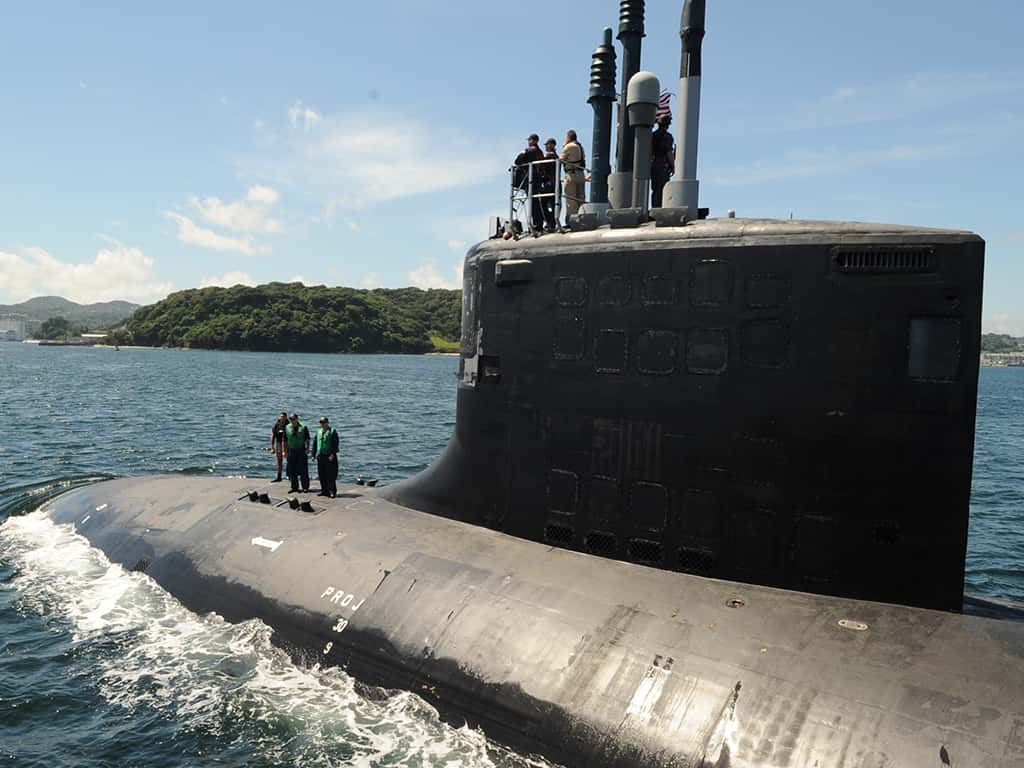
The Wait For The Next Class Of US Attack Submarines
It Will Come With An Improved Stealth Mode
Currently, the nuclear-fueled fast-attack Los Angeles submarines are some of the stealthiest vessels in the United States Navy fleet. Therefore, it is shocking to hear that the SSN(X) will be 70 times stealthier than that model. This is very impressive, but it is not the best feature just yet.
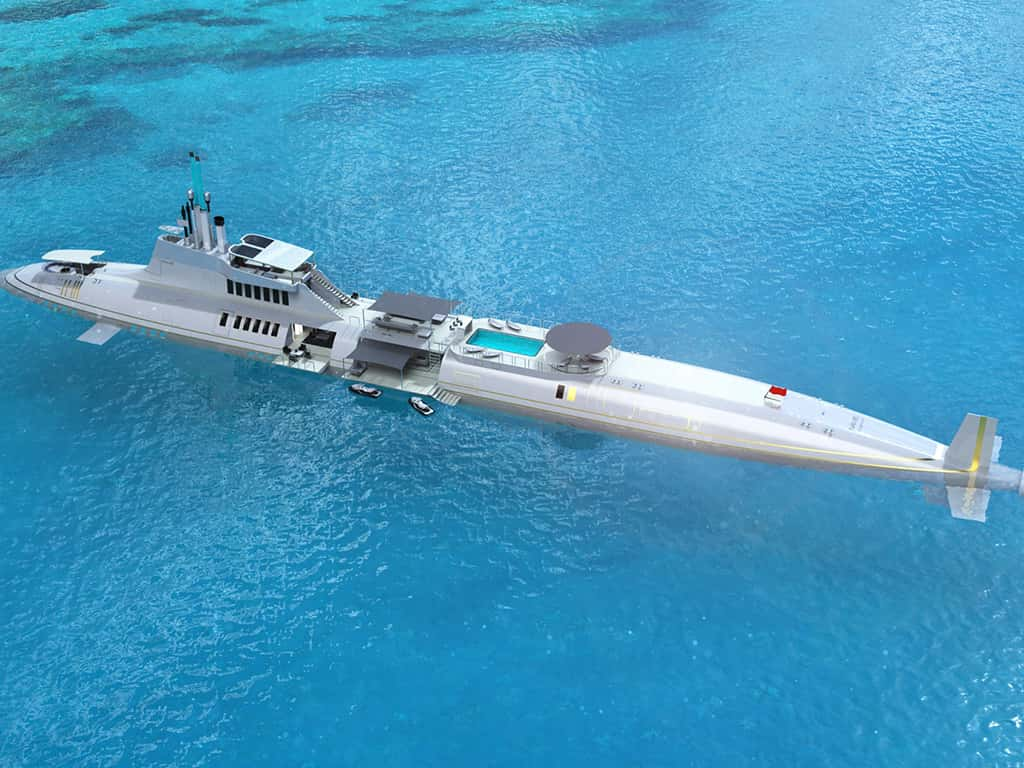
It Will Come With An Improved Stealth Mode
Armaments Are Going To Be The Top Priority
Let us see what else there is. The SSN(X) class is going to be equipped with a bigger weapons inventory. Apart from that, it is also going to boast as many as 50 Tomahawk cruise missiles. While it is fun to speculate about this, it is important to see how similar it is to the models that came before it.
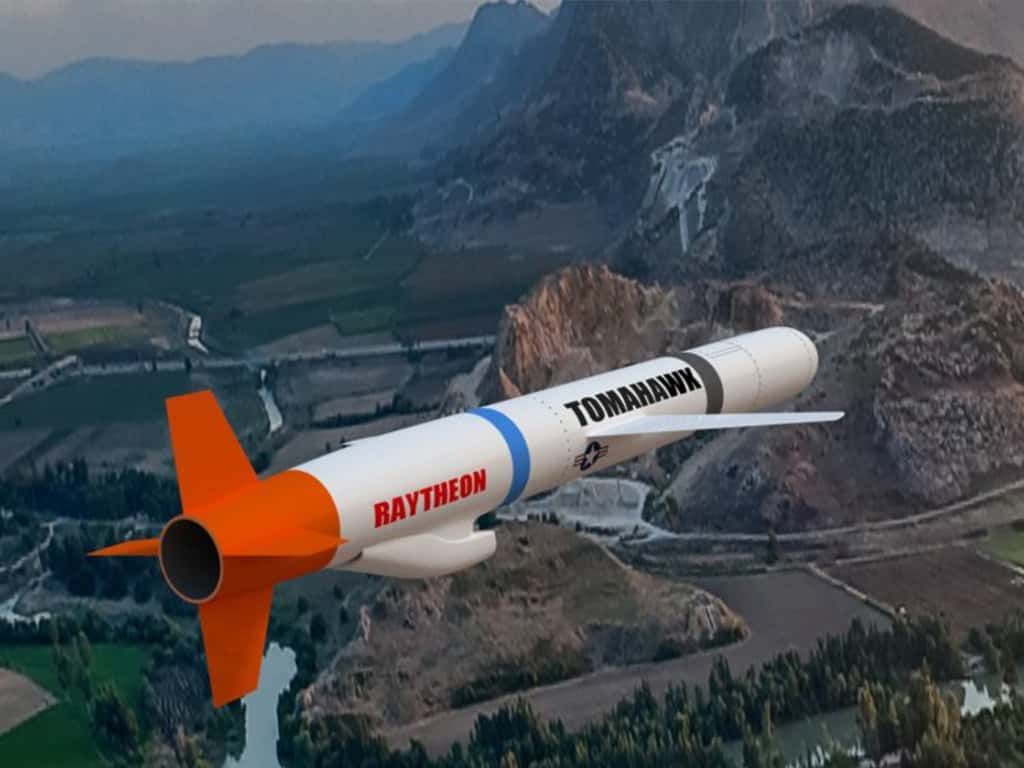
Armaments Are Going To Be The Top Priority
Like A New And Improved Design Of The Seawolf Class
It is said that this new submarine will bear a resemblance to the Seawolf-class. That is basically where the list of similarities end. The new model will be faster, bigger, and quieter than its predecessors. At any rate, the Seawolf uses nuclear submarine tech. There is a chance that the SSN(X) will rely on it too.
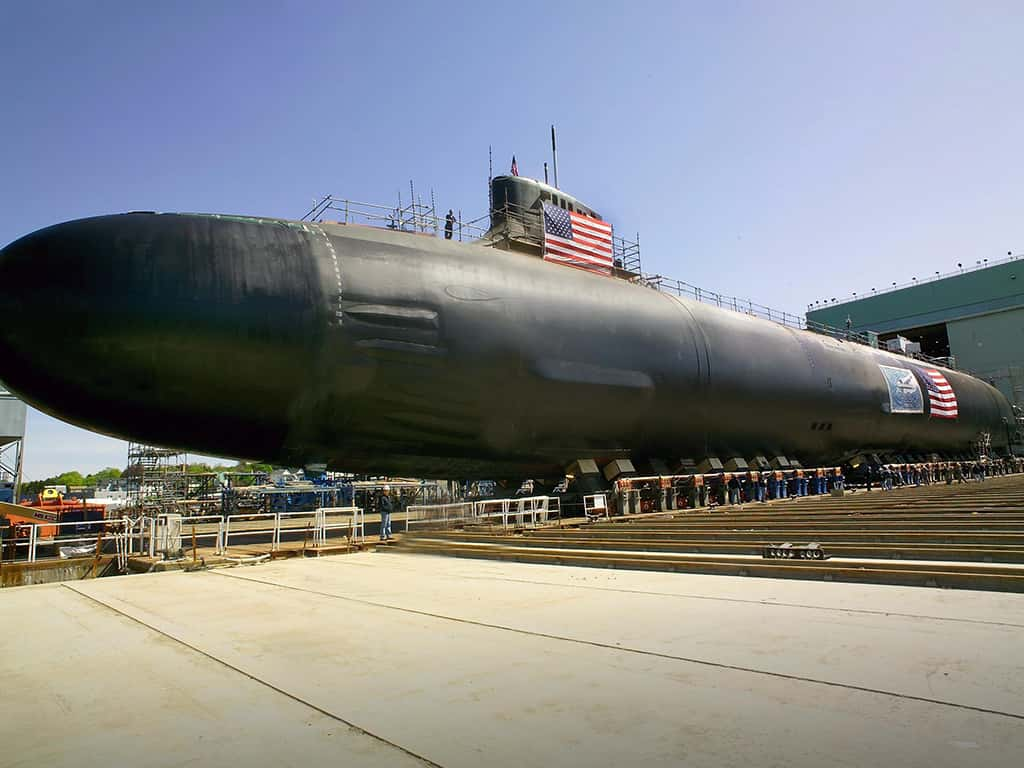
Like A New And Improved Design Of The Seawolf Class
It Would Able To Communicate With Other Vessels
Apart from this, the SSN(X) class is going to have awesome networking capabilities. It will let it share data with other planes, ships, and subs so that they can keep an eye on enemy vessels. The upcoming model is going to be there to compete with a foreign threat. It is in their best interest to make it good.
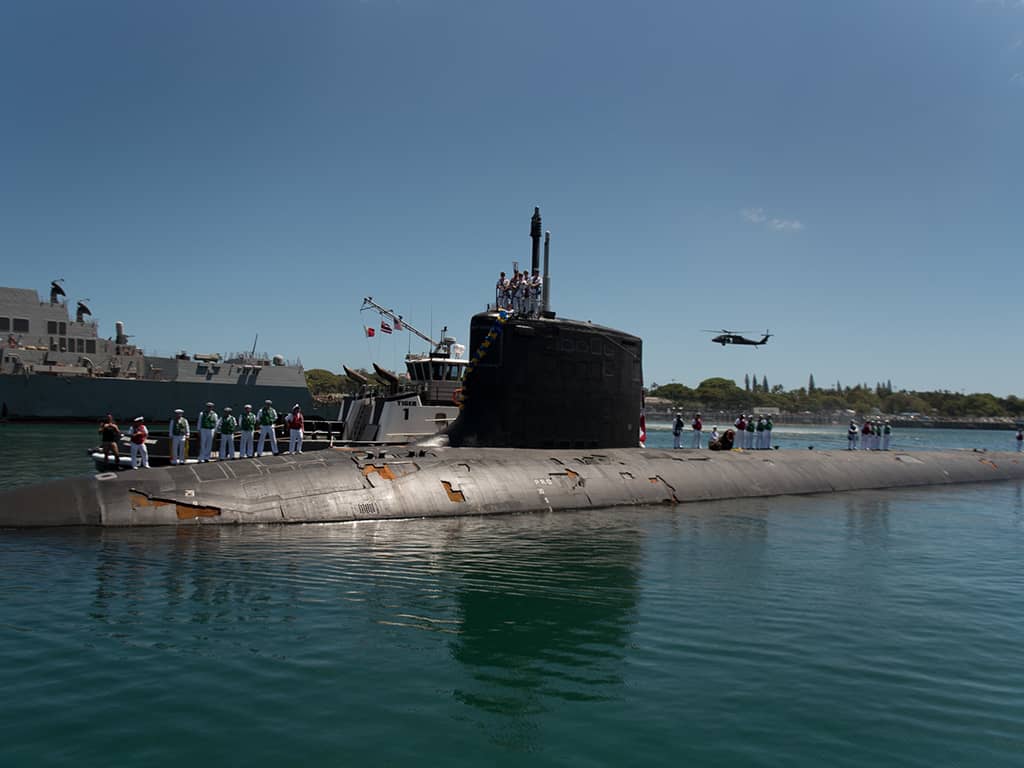
It Would Able To Communicate With Other Vessels
The UUVs Will Wreak Havoc On Unprepared Vessels
China and Russia have uncrewed undersea vehicles. You might have also heard them called UUVs in the past. These vessels are made to attack and swarm carriers and submarines. Once they attack, targets are vulnerable if they are not prepared. They are terrifying if you are ever unlucky enough to be targeted.
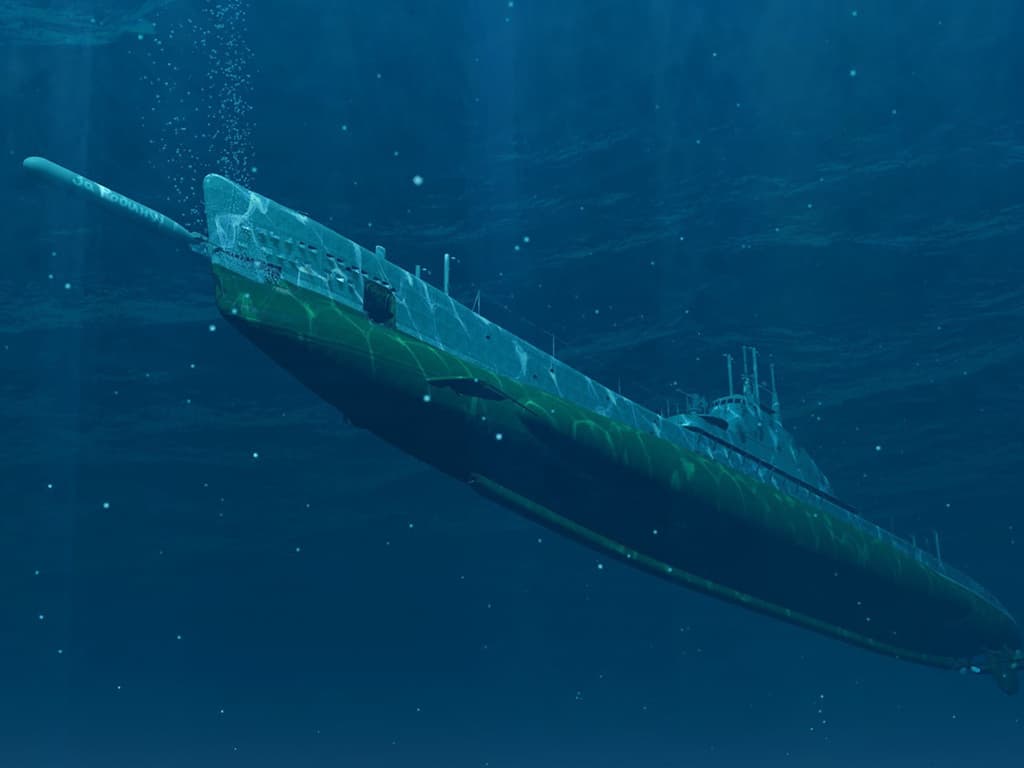
The UUVs Will Wreak Havoc On Unprepared Vessels
There Is Still A Long Way To Go Before The Construction
While the SSN(X) program is slated to debut in 2031, construction is only set to start three years later. The United States Navy then plans to buy two units per year after this period. But what is taking so long anyway? Is it a good idea to wait that long when the Russian subs are here soon?
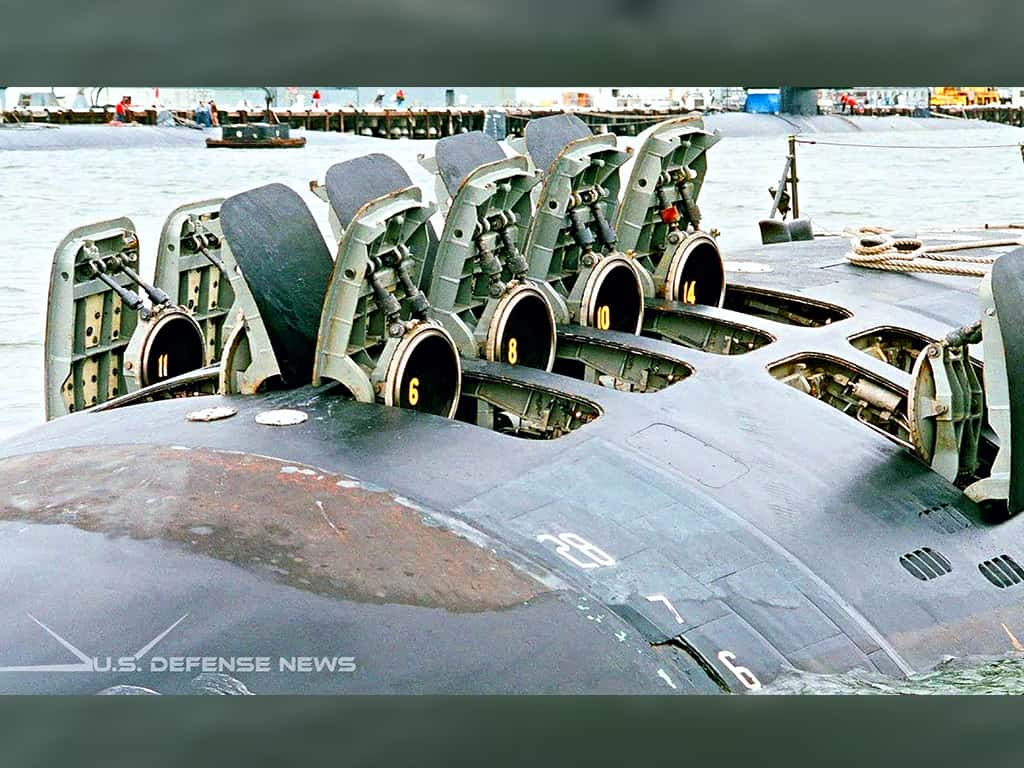
There Is Still A Long Way To Go Before The Construction
Why It Will Take Such A Long Time
With such a long wait, experts will have enough time to finalize everything about the submarine. They can choose the technology to use for its features. Aside from this, it is a good idea to wait until the Russians have started to deploy its new sub. This way, they can see if anything has to be adjusted.
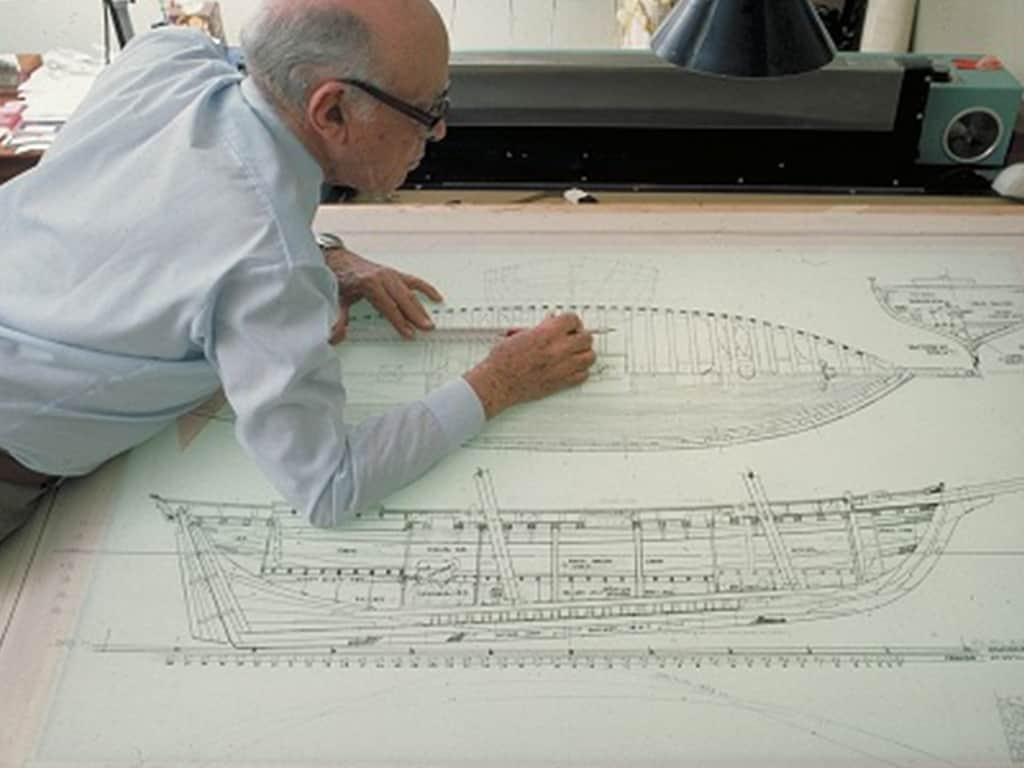
Why It Will Take Such A Long Time
You Will Never Guess How Much It Will Cost
We are indeed in the very early stages of planning. Despite this, the United States Navy has already drawn up an estimate for its cost. They say that each SSN(X) class unit will cost $5.5 billion or so. This is a great deal of money. As soon as you see how big they are, you will see why this is the case.
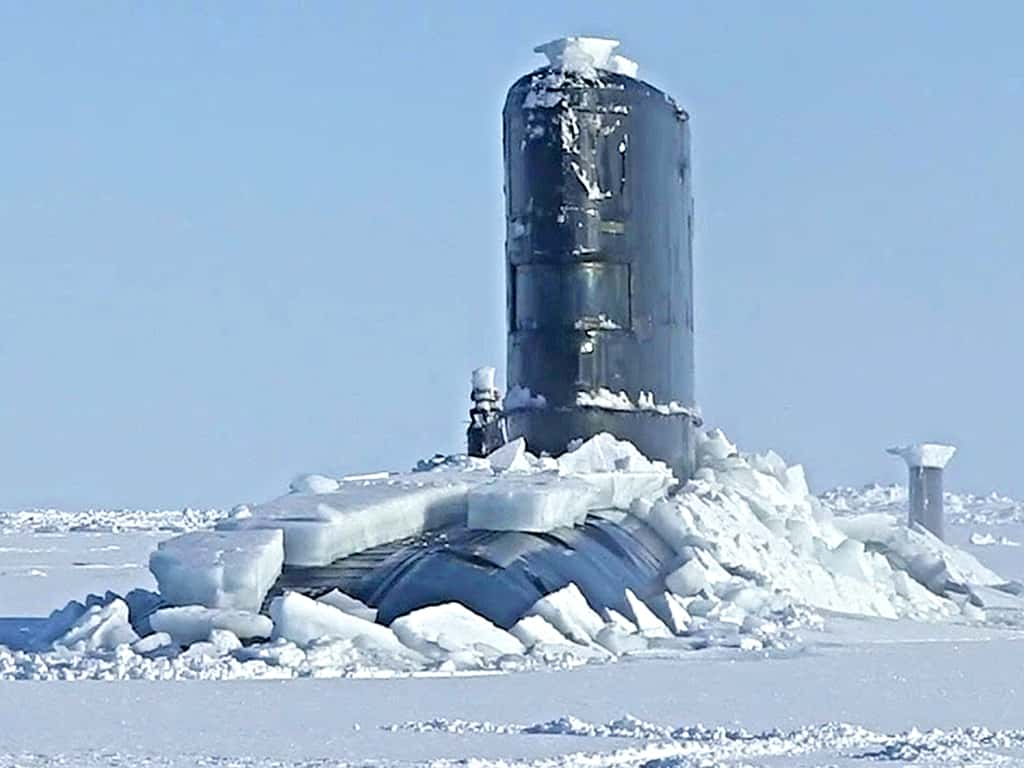
You Will Never Guess How Much It Will Cost
Going To Be Even Larger Than The Sea Wolf Class
The truth is that the SSN(X) needs many arms and features if it wants to be on the same level as its competitor. That means that it should have a larger hull than the ones seen on its predecessors. So that you know, the older ones had a capacity of either 7,800 tons or 9,100 tons.
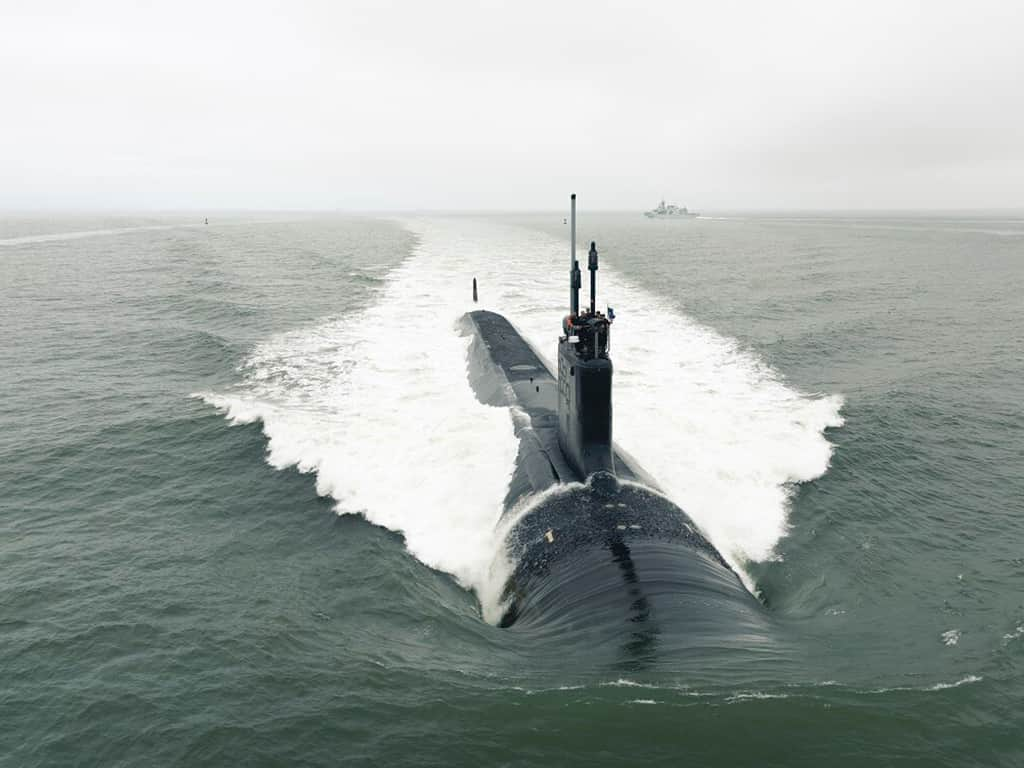
Going To Be Even Larger Than The Sea Wolf Class
Two Types Of Fuel Might power the Engine
A vessel of this size will require a ton of power to fuel it. This is why the new design will require an engine that runs not just on diesel-electric but also on nuclear power! As you can imagine, it will take a lot of planning to make this happen.
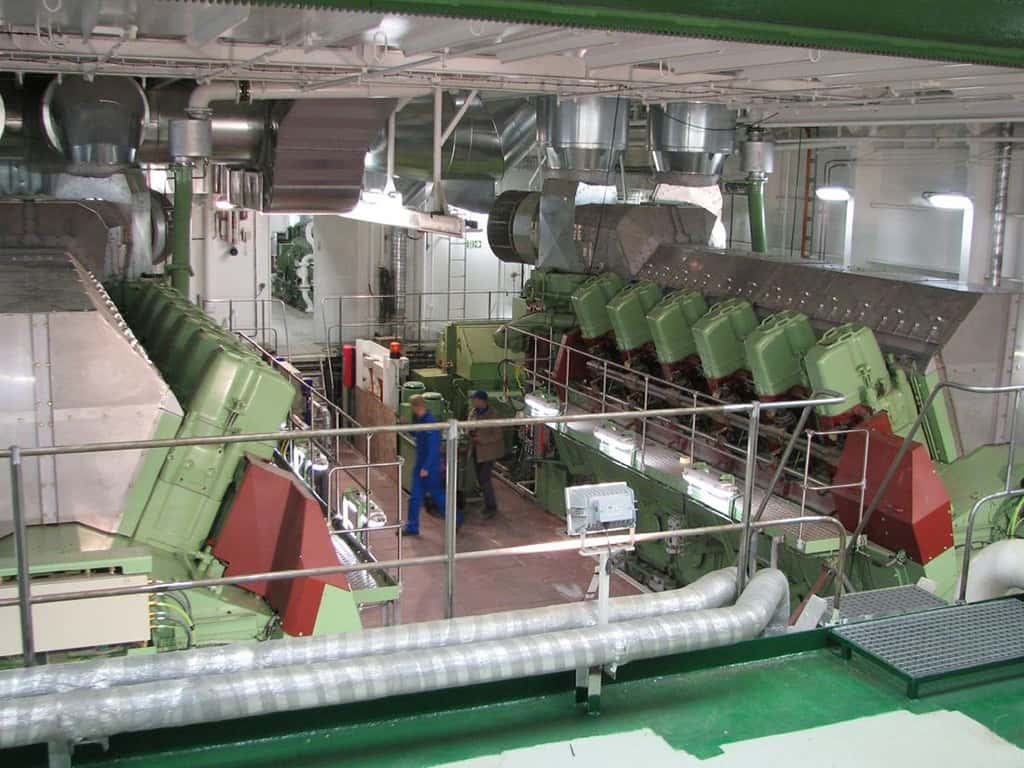
The Engine Might Be Powered By Two Types Of Fuel
They Are Focusing On Conducting More Studies
At the moment, the SSN(X) is in the planning phase. It is going to take over a decade before it is in use. The U.S. Navy came up with a budget proposal to cover the costs of studying its projected industrial base capabilities and operational concepts. The plan may change in the future.
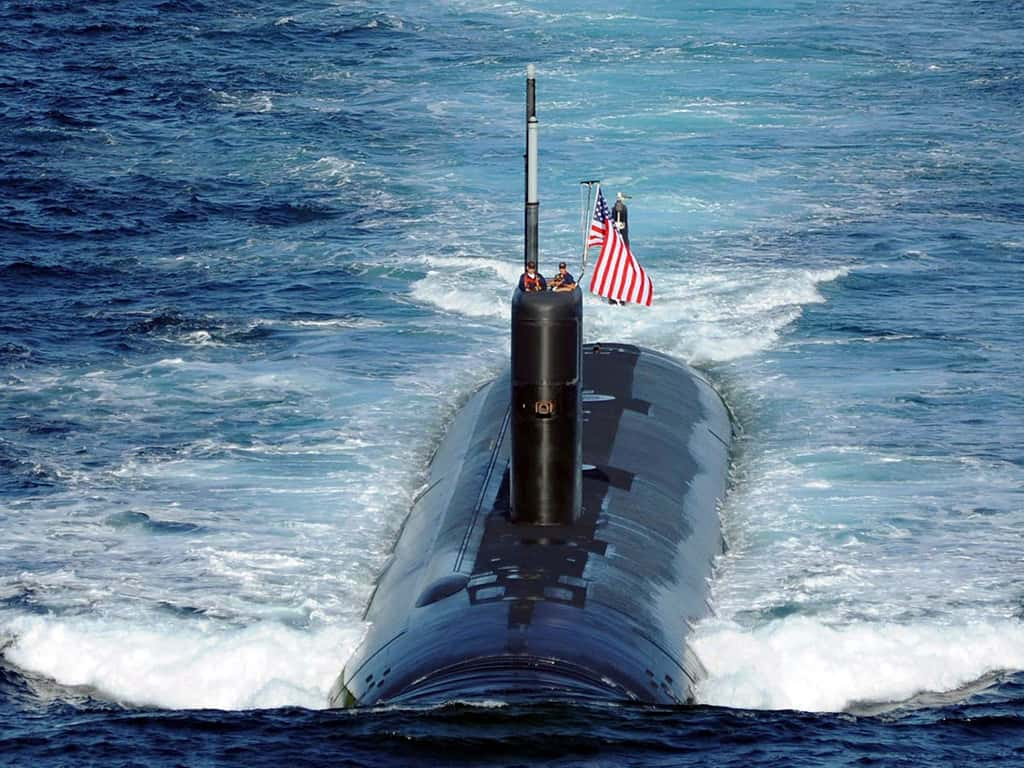
They Are Focusing On Conducting More Studies
Stealth, Speed, And Survivability Are Of Utmost Importance
The team members plan to launch tech development in qualities like stealth, speed, and survivability. This will be a big investment that is going to cost the government billions of dollars. It would not be delightful if things do not turn out the way they should, so research is fundamental.

Stealth, Speed, And Survivability Are Of Utmost Importance
Why This Submarine Is Going To Be Very Special
However, what exactly about the SSN(X) sets it apart from the rest? Well, we can look at its enhanced transit speed in stealth mode no matter what type of environment it is in. The Virginia Class and other models won’t be able to keep up with it. The feature would be handy in various missions.
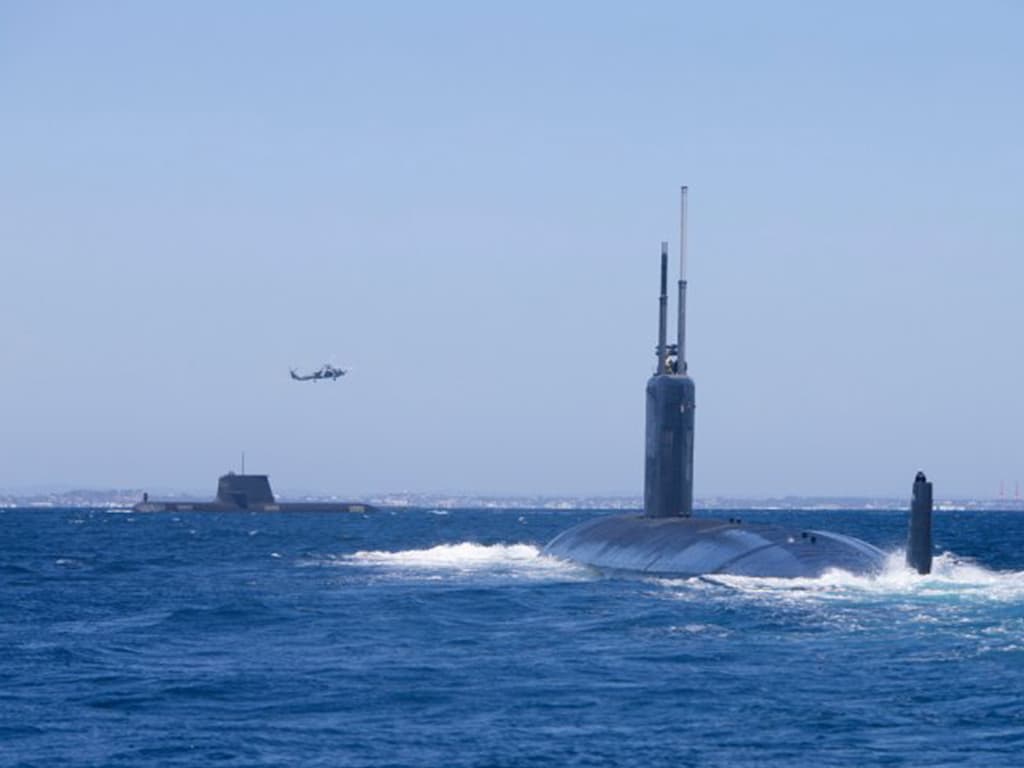
Why This Submarine Is Going To Be Very Special
Time To Say Goodbye To The Old, In With The New
The United States Navy will rely on the information that it has gathered from older submarine classes. It plans to remove features that did not work out but integrate those that did. Aside from that, the SSN(X) class will boast new technology that is only available in this day and age. There is a good reason to be super excited about this, especially if you like to keep updated on technological advancements. This will be big, so you have every right to feel excitement for what will come!

Time To Say Goodbye To The Old, In With The New
What Else There Is To Know
The new SSBN-X Columbia-class submarine was previously known as the Ohio Replacement Submarine, but it now has its own name and is an upcoming class of nuclear submarines for the United States Navy, as we previously mentioned. The UGM-133 Trident II–armed Ohio-class ballistic missile submarines will be replaced by this monstrosity of a submarine. The remaining vessels will be decommissioned.

What Else There Is To Know
Saying Goodbye
Starting in 2027, one of these submarines will be decommissioned per year. Following that, the Columbia class will assume responsibility for submarine presence in the US strategic nuclear force. The US Navy intends to buy 12 of the new submarines. Each of these submarines will be equipped with 16 missile tubes, each of which will be capable of carrying one Trident II D5LE missile. Other factors, however, must be considered when building a submarine, like this one.

Saying Goodbye
Maintenance And Care
When determining how many submarines the US Navy would need to buy, researchers had to look into how each submarine’s maintenance schedule would affect the boat’s readiness to deploy on a mission. They also had to figure out how many missiles had to be on the sea and at the station at any given time. To save money, studies were conducted that looked into a variety of design and construction options.

Maintenance And Care
Additions
Before deciding to develop an entirely new replacement submarine design, some options were considered, such as adding missile tubes to the Virginia-class attack submarine or building Ohio-class submarines using updated Ohio-class designs. Following the investigation of these options, it was determined that a new design would be the most cost-effective solution that would meet all of the Navy’s technical requirements.

Additions
The Astronomical Costs
A Columbia-class submarine is expected to cost $4.2 billion to build. However, in order to save money, elements, technology, and components from the Ohio and Virginia classes will be used where possible. The entire fleet of Columbia-class submarines is expected to cost the Navy around $347 billion in total. As you might expect, creating such complex and elaborate machines necessitates a significant amount of paperwork.

The Astronomical Costs
300-Page Report
The Navy finished a 300-page specification report for the Ohio Replacement Program submarines in April 2014. It’s unsurprising that there are so many requirements. There are a total of 159 of them. Weapons, escape routes, fluid systems, hatches, doors, seawater systems, and a set length of 560 feet are among them (170 m). The length is chosen to ensure that there is always enough space inside the pressure hull.

300 Page Report
Making Progress
The Navy didn’t announce the choice of General Dynamics Electric Boat as the prime contractor and lead design yard until March 2016. In fact, Electric Boat was responsible for the construction of all 18 Ohio-class submarines. While Electric Boat will be responsible for the majority of the work on the 12 new submarines, Huntington Ingalls Industries’ Newport News Shipbuilding will be the main subcontractor and will help with design and construction. They will be responsible for 22 percent to 23 percent of the work.

Making Progress
Hiring Employees
By the end of 2016, the hiring process had started. Electric Boat alone hired approximately 3,000 people to begin the design phase of the project. The first submarine was supposed to be built in 2021. The first submarine is expected to be completed in 2030, with service beginning in 2031. All 12 submarines are expected to be completed by 2042.

Hiring Employees
Years Of Service
These 12 submarines are scheduled to be in service from 2042 to 2085, a total of 43 years. Columbia was given its name in honor of the United States Capitol, according to legend. The second submarine, the USS Wisconsin, will be named in October 2020, while the lead submarine will be named the USS Columbia (SSBN-826). Despite the fact that these submarines are still in development, they possess some impressive features.

Years Of Service
General Characteristics
While the Ohio-class submarines required refueling in the middle of their service lives, the Columbia-class submarines will have a nuclear fuel core that will power them for the duration of their expected service lives. The Columbia-class submarines, like the Ohio-class submarines, will have a beam of 42 feet (13 meters). Not to mention, unlike the Ohio-class submarines, these new submarines will have 16 missile launch tubes instead of 24.

General Characteristics
Design Information
Back in 2017, the U.S. Navy released a statement on the matter, saying, “owing to the unique demands of strategic relevance, SSBN(X)s must be fitted with the most up-to-date capabilities and stealth to ensure they are survivable throughout their full 40-year life span.” Certain design elements, on the other hand, have been discussed since 2012. They included, among other things, X-shaped stern control surfaces (hydroplanes), Sail-mounted dive planes, and Electric drive.

Design Information
What Is Electric Drive?
If you’re anything like us, you’re probably unsure what an electric drive is. It’s a propulsion system in which a vessel’s propeller is turned by an electric motor. It’s actually part of a larger concept aimed at developing an all-electric ship. Submarines with this element are said to have a lower life-cycle cost and a lower acoustic signature. In the first half of the twentieth century, the Turbo-electric drive was used on US capital ships.

What Is Electric Drive
Reliability Problems
Later, two nuclear-powered submarines were fitted with turboelectric drives, but they had reliability issues during their service lives, resulting in them being underpowered and requiring a lot of maintenance. Only the French Nacy’s nuclear-powered Triomphant-class submarines used turboelectric drive by 2013. The electric drive concept is only a part of the overall propulsion system. It will not be able to take the place of nuclear reactors or steam turbines.

Reliability Problems
The Prime Designer And Manufacturer
Northrop Grumman was selected as the primary designer and manufacturer of the turbine-generator units in 2014. They’re essential because the turbines convert the steam’s thermal energy into mechanical energy. The generators then transform the mechanical energy into electrical energy. This energy is then used to power onboard systems as well as the electric motor’s propulsion system.

The Prime Designer And Manufacturer
Various Electric Motors
Various electric motors have been developed and others are still being developed for military and non-military vessels. Permanent magnet motors and high-temperature superconducting synchronous motors are among the options being considered for future US Navy submarines. According to recent data, the US Navy appears to be focusing on permanent-magnet radial-gap electric propulsion motors.

Various Electric Motors
The plan for a new submarine is cool and all, but just because there would be something new, doesn’t mean that the ones that we have today are less cool. In fact, lots of them are amazing regardless of their age! So let us go ahead and take a look at some of the most amazing attack submarines in the world. This type of boat’s primary mission is to engage hostile submarines and ships. To detect enemy submarines, it must have good sonar. It’s also critical that these boats approach enemy boats and warships undetected.
Seawolf-Class (USA)
The Seawolf-class submarines are the world’s most advanced, but also the most expensive hunter-killer submarines. These submarines were designed to re-establish the technological advantage that the US Navy had over the Soviets from 1945 to the mid-1980s when espionage and cynical trading practices by some US allies eroded it.

Seawolf Class (USA)
Virginia-Class (USA)
The Virginia-class nuclear-powered attack submarines of the United States Navy are the successors to the Los Angeles class boats. The Virginia class was created as a smaller, less expensive, and more versatile alternative to the Seawolf-class, which is advanced but extremely expensive. A total of 30 nuclear-powered attack submarines of the Virginia class are planned.

Virginia Class (USA)
Graney-Class (Russia)
The latest Russian nuclear-powered attack submarine is the Project 885 Yasen (Western designation Graney class). Severodvinsk, the lead boat, was laid down in 1993, but construction was halted due to funding issues. The Russian Navy only commissioned this boat in 2013. The class’s second boat was built to improve the project. At least six of these boats are expected to be commissioned in the near future. These submarines will take the place of the older Akula class submarines.

Graney Class (Russia)
Akula-Class (Russia)
The Soviet Union launched a number of Akula class boats in the late 1980s. This class was far quieter than previous Soviet nuclear-powered attack boats, indicating a significant improvement in Soviet submarine design. In addition, the Akula class was much quieter than Western countries had anticipated. In the underwater Cold War, the use of commercially available Western technology to reduce noise levels played a key role in eroding a long-held NATO advantage.

Akula Class (Russia)
Soryu-Class (Japan)
In 2009, the Japanese Maritime Self-Defense Forces commissioned the first Soryu class boat. The Soryu class submarines, unlike the other nuclear-powered boats on this list, use diesel-electric propulsion. These boats have an airless propulsion system that allows them to stay submerged for longer periods of time without having to surface to recharge their batteries. The time spent submerged increases from days to weeks. The Soryu class’s air-independent propulsion system improved their stealth and operational capabilities.

Soryu Class (Japan)
Astute Class (United Kingdom)
In 2010, the Royal Navy commissioned the first nuclear-powered assault submarine of the Astute class. So far, seven boats in the class have been scheduled. These attack submarines will take the place of the earlier Swiftsure class attack submarines. The Astute class boats are substantially more stealthy and have more armaments than the Trafalgar class boats. Six 533mm torpedo tubes are mounted to these attack submarines. Spearfish torpedoes, Sub-Harpoon anti-ship missiles, and Tomahawk cruise missiles are launched from these. There are 36 missiles and torpedoes on board. The Tomahawk Block IV land attack cruise missiles have a range of 1700 kilometers and may be used to attack both ships and land targets.

Astute Class (United Kingdom)
Sierra II Class (Russia)
The ill-fated Alfa class was superseded by the pricey Russian Sierra I class boats. Soon after, the Sierra II class was expanded to include even more competent vessels. The first Sierra II class boat was commissioned in 1990, followed by the second boat in 1993. Due to the prohibitively high cost, only two Sierra II class boats were ever built. The third boat was built, but it was never put into service and was later dismantled. Despite their significant running costs, the Russian Navy maintains these modern submarines. These boats have two titanium hulls that are both light and sturdy. Despite advantages in depth and underwater speed, Soviet titanium technology was much ahead of the West, requiring fewer passes to make a successful weld. However, the expense of the hulls limited the number of ships built.

Sierra II Class (Russia)
Improved Los Angeles Class (USA)
In addition to the newer Seawolf and Virginia class submarines, the US Navy also employs roughly 40 older Los Angeles class submarines. These submarines turned out to be a fantastic anti-submarine platform. In 1988, the first boat of the upgraded Los Angeles class was launched. Submarines that have been improved are substantially quieter than the original Los Angeles class vessels. The redesigned Los Angeles class boats are said to be seven times quieter than the original Los Angeles class boats. Mk.48 torpedoes, Sub-Harpoon anti-ship missiles, and Tomahawk land assault cruise missiles are among the class’s many weapons. The Tomahawk missile can be launched from torpedo tubes or a dedicated vertical launching device.
These boats can operate beneath the ice, which is where Russian ballistic missile submarines usually hide.

Improved Los Angeles Class (USA)
Ohio class (USA)
The submarines of the Ohio class were categorized as SSBNs because they were designed to carry intercontinental ballistic missiles. However, the US Navy converted four of its older Ohio class submarines into cruise missile ships (SSGNs) between 2002 and 2008. Cruise missiles essentially supplanted the country’s ballistic missiles. The first boat was converted in 2006, and the second one in 2007. By replacing their Trident 2 intercontinental ballistic missiles with seven smaller Tomahawk cruise missiles, the Ohio, Michigan, Florida, and Georgia became guided missile submarines. 154 Tomahawk cruise missiles can be carried by each SSGN that has been modernized. A surface combat group with such a large number of cruise missiles is commonly deployed.

Ohio Class (USA)
Oscar II class (Russia)
The Project 949A Antey boats, also known as the Oscar II class in the West, are nuclear-powered cruise missile submarines developed by the Soviet Union and Russia (SSGNs). In terms of displacement and length, these submarines are the third largest ever built. Only the Soviet Typhoon and American Ohio classes of ships are bigger. These were also the world’s largest attack submarines at the time. These are currently among Russia’s most capable submarines. Originally, 19 of these boats were scheduled to be built. However, only 11 boats were finished in the end. Currently, the Russian Navy has four vessels of this class in service. These boats are far from stealthy by today’s standards. These Russian submarines, on the other hand, have a powerful punch. These massive cruise missile boats were constructed by the Soviets to attack US aircraft carrier battle groups and coastal installations.

Oscar II Class (Russia)
Yasen Class (Russia)
The Yasen class, also known as the Graney class, is a series of the Russian Navy’s newest nuclear-powered cruise missile submarines designed by Malakhit Marine Engineering Bureau and manufactured by Sevmash. The Yasen class is expected to replace the Russian Navy’s present Soviet-era nuclear attack submarines, which are based on the Akula and Alfa designs. In 2004, it was announced that development on the submarine was progressing, but that the lead unit of the class (Severodvinsk) would not be completed until 2010. This was owing to the priority given to the new Borei-class SSBNs. Vladislav Putilin, the deputy head of the Military-Industrial Commission, indicated in July 2006 that the Russian Navy would receive two Yasen-class submarines before 2015.

Yasen Class (Russia)
Vanguard Class (United Kingdom)
The Vanguard class is a nuclear-powered ballistic missile submarine (SSBN) in the Royal Navy’s fleet. The Vanguard, Victorious, Vigilant, and Vengeance classes were introduced in 1994 as part of the Trident nuclear program and consists of four vessels: Vanguard, Victorious, Vigilant, and Vengeance, which were built between 1986 and 1999 at Vickers Shipbuilding and Engineering in Barrow-in-Furness and are now owned by BAE Systems. HM Naval Base Clyde (HMS Neptune), 40 kilometers (25 miles) west of Glasgow, Scotland, is home to all four boats.
The four Vanguard submarines have been the sole platforms for the United Kingdom’s nuclear weapons since the deactivation of the Royal Air Force WE.177 free-fall thermonuclear missiles in March 1998. Up to 16 UGM-133 Trident II missiles can be carried by each submarine.

Vanguard Class (United Kingdom)
Arihant Class (India)
The Arihant-class (Sanskrit meaning “slayer of adversaries”) is a class of Indian nuclear-powered ballistic missile submarines currently in development for the Indian Navy. They were created as part of the Advanced Technology Vessel (ATV) programme, which cost $900 billion (US$12 billion) to design and manufacture nuclear submarines. India considers these submarines to be “strategic attack nuclear submarines.” INS Arihant, the class’s lead vessel, was launched in 2009 and is set to be commissioned in August 2016 after lengthy sea trials. Arihant is the first non-permanent member of the United Nations Security Council to build a ballistic missile submarine.

Arihant Class (India)
Shang Class (China)
The Chinese People’s Liberation Army Navy Submarine Force uses the Type 093 class of second-generation nuclear-powered assault submarines. The Type 093G (reported by Western experts as Type 093A) is longer than the Type 093. A vertical launching system (VLS) for YJ-18 supersonic anti-ship missiles and anti-ship variants of the CJ-10 cruise missile has been confirmed for the 093G. They are built at Huludao at the Bohai Shipyard. These submarines will be replacing the earlier Type 091 submarines.

Shang Class Submarine (China)
Oscar Class (Russia)
The Oscar class of nuclear-powered cruise missile submarines, with Soviet designations Project 949 Granit and Project 949A Antey (NATO reporting names Oscar I and Oscar II, respectively), were designed in the Soviet Union for the Soviet Navy. They are now in service with the Russian Navy, with some of them set to be refurbished as part of Project 949AM in order to extend their service lives and improve combat capabilities.
Until 2007, when some Ohio-class ballistic missile submarines were upgraded to carry cruise missiles, the Project 949 submarines were the largest cruise missile submarines in service. In terms of displacement and length, they are the fourth largest submarine class. Only the Soviet Typhoon-class ballistic missile submarines, Russian Borei-class submarines, and American Ohio-class submarines are larger.

Oscar Class Submarine (Russia)
Type 212 (Germany)
The German Type 212 class, also known as the Italian Todaro class, is a diesel-electric submarine developed for the German and Italian navies by Howaldtswerke-Deutsche Werft AG (HDW). It has diesel propulsion as well as an air-independent propulsion (AIP) system that uses compressed hydrogen fuel cells from Siemens Proton Exchange Membrane (PEM). The submarines can run at high speeds on diesel power or switch to the AIP system for quiet, steady cruising. They can stay submerged for up to three weeks with minimum exhaust heat. It is also claimed that the system is vibration-free, incredibly quiet, and nearly unnoticeable.
The Type 212 is the first submarine series to be equipped with a fuel cell propulsion technology.

Type 212 Submarine (Germany)
Type 039A (China)
In China’s People’s Liberation Army Navy, the Type 039A submarine (NATO reporting name: Yuan class) is a diesel-electric submarine class. It is China’s first AIP-powered submarine, and one of the quietest diesel-electric submarine classes currently in service. The Type 039 submarine was replaced by this class. Because the ship is based on the 039 class, the official Chinese designation is 039A, but because the 039A bears little similarity to the 039, it is usually referred to as the Type 041. The Type 033 (Romeo class) and earlier Type 035 submarines that previously formed the backbone of the conventional submarine fleet will be replaced by this class.

Type 039A Submarine (China)
Gotland Class (Sweden)
The Swedish Navy’s Gotland-class submarines are modern diesel-electric submarines designed and manufactured at the Kockums shipyard in Sweden. They are the world’s first submarines with a Stirling engine air-independent propulsion (AIP) technology, which increases their underwater endurance from days to weeks. Previously, nuclear-powered submarines were the only ones with this capabilities.

Gotland Class Submarine (Sweden)
Walrus Class
The Walrus-class submarine is the Royal Netherlands Navy’s only submarine class currently in service. The boats have all been named after sea creatures and have been in operation since 1990. The design of the Walrus-class submarines was mostly finished between 1975 and 1978, and contained several modifications that would result in new, state-of-the-art submarines that would be a substantial improvement over the Royal Netherlands Navy’s earlier submarines. The hulls of the Walrus-class submarines, for example, were built with a particular type of French-produced steel that proved to be more elastic, allowing the class’s submarines to dive deeper than prior submarines.

Walrus Class Submarine
Scorpène Class (France)
The Scorpène-class submarines are a series of diesel-electric attack submarines created in collaboration with the French Naval Group (previously the Direction des Constructions Navales) and the Spanish corporation Navantia. It has diesel propulsion as well as an air-independent propulsion system (AIP). The Scorpène 2000 is the new name for it.

Scorpène Class (France)
Submarines are awesome aren’t they? However, have you ever wondered what it is actually like to live and work on one? It isn’t actually all fun and games, in fact at times it can be tough. Here are some facts that you didn’t know you needed to know about life living on a submarine.
A Much-Needed Switch
Submarine sailors used to work 18-hour days, with six hours on watch and 12 hours off for other activities and sleep. The watches were altered to eight hours with 16 hours off thanks to the efforts of a few junior officers. According to officers, the switch had an instant favorable impact. Not only have people’s performances improved, but mood on the boat has increased as well.

There’s No “I” in Team
Theft should be illegal anywhere, so you’re probably wondering why we’re focusing on it here. Stealing on a submarine, it turns out, has serious repercussions. In some manner, the thief will be apprehended. If this happens, they’ll be thrown off the boat at the next port. Not only that, but this type of incident is known to result in demotions and rank decreases. These outcomes are understandable given that these individuals are expected to function as a team.

There’s No “I” In Team
Sharing Bunks
We’ve all heard the phrase “sharing is caring.” However, if you live in a submarine, your feelings are slightly different. Individual bunks for each passenger are not available in submarines. Two to three persons are generally jammed onto the same bunk in this instance. How do you go about doing it? Another traveler sleeping on the bunk is roused after one person’s shift ends. The term “hot racking” was invented by submariners to describe the warm patch on the bed that someone else left after sleeping there for six hours.

Sharing Bunks
The Dolphin Pin
Isn’t it true that dolphins are the most adorable creatures? Dolphins have a high level of honor, did you know? On the other hand, submariners are well aware of this. Officers must work exceedingly hard to achieve the utmost honor from their commanders while living on board a submarine. The only way to obtain the dolphin pin as a marine is to learn how to operate and use the submarine as a weapon. Following that, you’d have to pass an exam with flying colors.

The Dolphin Pin
They Call Beds “Coffins”
Living aboard a submarine, which is just an undersea metal tube, may be rather eerie if you think about it. With that in mind, officers’ bunk beds are appropriately referred to as “coffins.” That’s right, you read it accurately. We’re not sure we’d feel at peace laying down in a graveyard, despite the intriguing moniker. Of course, we’re joking, but it’s still a fascinating moniker for the bunkers.

They Call Beds “Coffins”
Skillful Snoozers
Submarine officers and marines are taught and trained to sleep anyplace, to the point where you may have a lengthy conversation with someone who is sleeping and they will not wake up. They’ll wake up in no time if you say their name once in a quiet tone. If only we had the capability. We’d nap or grab some shut-eye wherever and everywhere!

Skillful Snoozers
Submerged for Weeks or Months
Because submarines work underground or at the bottom of the ocean, they rarely encounter daylight or nighttime. It’s easy to lose track of time while you’re inside an operational submarine, especially when you realize that these boats can stay submerged for weeks or even months at a time. Still, if you ever end up on a submarine, don’t worry: you’ll have access to a clock! To put it another way, it will be incredibly impossible to determine the time without consulting a clock.

Submerged For Weeks Or Months
Gym for the Peace
Let’s face it: spending months on end aboard a submarine may drive anyone mad. As a result, commanders and officers do everything they can to keep their crew happy and create outlets for them to unwind and release pent-up energy. Given the limited space, it’s no surprise that many subs have a small gym or fitness room. This allows the team to stay on task, stay engaged, and reduce stress.

Gym For The Peace
Lower Levels of Oxygen
Submarines have low oxygen levels, which, while necessary for safety, can cause major problems. For example, lower oxygen levels make it more difficult for your body to repair after an accident. While this isn’t normally a problem, you won’t be happy if you cut yourself while working on a submarine. In addition to your wound constantly seeping because it doesn’t heal properly, a lack of oxygen can cause your energy levels to decline and lead to mood swings.

Lower Levels Of Oxygen
Sleeping With Nukes
Cramped living quarters may not appear to be such a negative thing at first sight. Some people may even find the confined confines alluring, until they learn they’re sharing space with enormously destructive weaponry. Even though it’s an unnerving concept, you’d better get used to being around ballistic missiles, torpedoes, and even nuclear bombs for months at a time.

Sleeping With Nukes
Free Time in the Mess
As previously stated, submarines have a limited amount of room, limiting what the crew can accomplish during their assigned free time. As a result, the mess hall is where the majority of the crew prefers to congregate. Let’s say you’re driving somewhere you’re unfamiliar with, so you pull over and ask for directions. You can’t actually do this on submarines, though.

Free Time In The Mess
Electronics Will Guide You Home
Consider the following situation: You’re driving down the road, looking for directions to a place you’ve never been before, and you stop over to ask for help. However, you’d never find yourself doing something like this on a submarine. Submarines, as we all know, glide through the ocean using just electronics and sophisticated equipment to navigate. Electronic machines, to put it another way, are a part of your life.

Electronics Will Guide You Home
Months on End
You may be enamored with submarine life and wish to become a top-tier expert submarine, but you must understand that you will be making a major commitment. We’re saying this since you won’t be staying in a submarine for a few days. Instead, you’ll spend at least 90 days in a submarine. While this is the basic minimum for most tours, it is sometimes extended to the point where you could be on the submarine for nearly six months!

Months On End
No News Is Good News
Life aboard a submarine is not always packed with high-octane excitement and brutal fights, contrary to common opinion. Life on a boat, on the other hand, is (for the most part) quite routine. Every day, the crew members follow the same schedule, which, while tedious at times, is ultimately a good thing! You may be wondering why. If there’s a ruckus on a submarine, the entire planet may be jeopardized.

No News Is Good News
Minimal Bathrooms
If you’re currently moaning about the size of your new apartment’s bathroom, this is the item for you. Due to the vast quantity of equipment and machinery that submarines contain, they have a restricted amount of space. As you can see in this photo, the bathrooms on submarines are rather small and might make anyone feel crowded when doing their business. Consider adding a few crew members to the mix, and you’ve got utter anarchy. For a few months, sharing a bathroom with a large group does not sound like a pleasant experience.

Minimal Bathrooms
